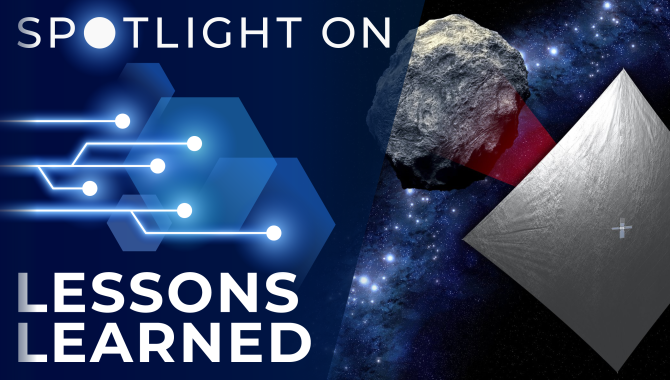
Projects that use commercial web software should take proactive measures to mitigate IT security risks.

Projects that use commercial web software should take proactive measures to mitigate IT security risks.

NuSTAR Principal Investigator Fiona Harrison discusses NASA’s Nuclear Spectroscopic Telescope Array.
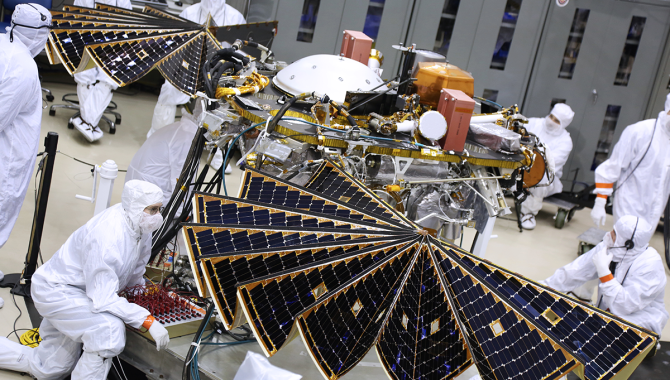
Examination of data from the first seismometer on the surface of Mars just beginning.

A program/project manager should spend time building relationships and interacting with their team in the work environment.

NASA Astrobiology Program Senior Scientist Mary Voytek discusses Research Coordination Networks.
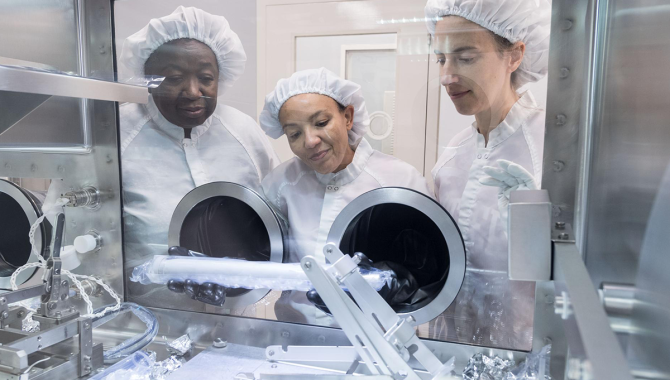
Researchers are examining lunar soil and rocks with new tools.

Gemini IV astronauts solve hatch problems, test human endurance.
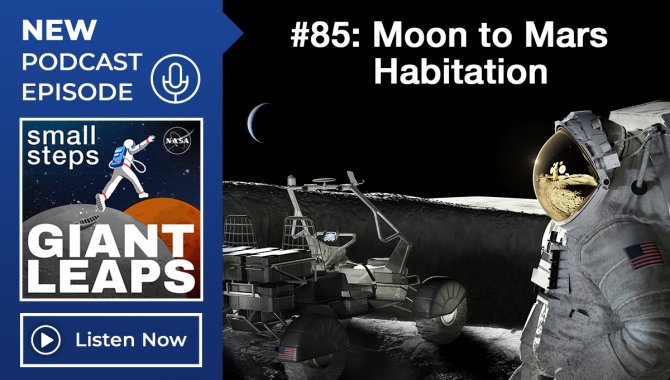
NASA’s Tiffany Nickens discusses habitats being developed for living on the lunar surface and traveling to Mars.
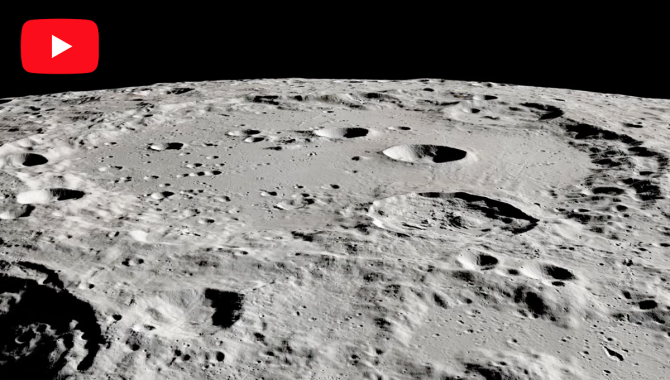
A look at the Lunar Reconnaissance Orbiter—one of NASA’s most valuable tools for advancing lunar science.